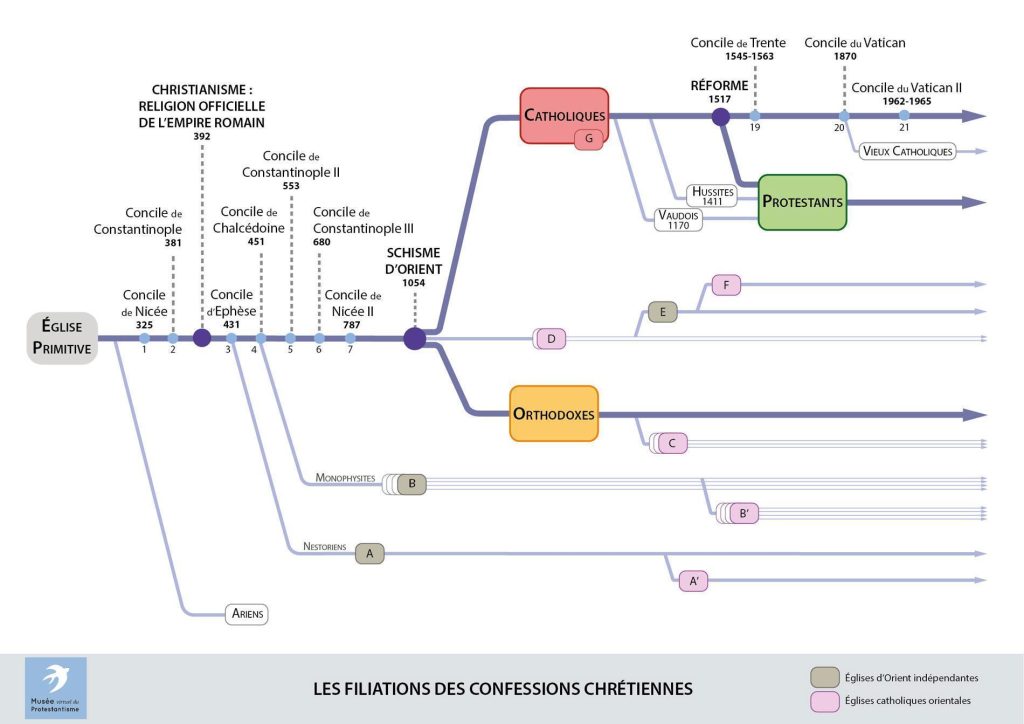The branches of Christianity
Born in Palestine amongst Judaism, Christianity progressively established itself in the Roman Empire and then spread all over the world. It evolved along with a great doctrinal and ritual diversity: When disputes became too controversial, they caused schisms. Thus Christianity is a religion with many different branches.
Birth of Christianity
Early Christian communities were born in Palestine after the death of Jesus Christ among Jews who
acknowledged him as the Messiah. Christianity progressively spread all over the Roman Empire, and then farther away.
Based on the message of a man delivered by the Gospels, on rites, such as baptism, mass, communion, and on creeds, Christianity experienced doctrinal crises that deeply divided it.
Divisions of Christianity
The creeds of Christianity are matters for Doctrinal debates: ecumenical councils are held with a view to settling the disputes, and to giving more precise definitions of dogmas while condemning heresies.
Even when they shared the same beliefs, Christians had different religious observances depending on their language, their country and their traditions.
From the divisions three great branches of Christianity developped: Orthodox, Catholic and Protestant. In 1054 the East-West schism separated the Orthodox from the Catholics; in 1517 the Reformation gave birth to Protestantism.
But in fact there were many more divisions, as the diagram of Christian denominations clearly shows. With time some Churches separated, whilst others merged: the Oriental Catholic Churches – often called ‘Uniates’, rallied to the Catholic Church at various times; Waldenses and Hussite trends joined the Protestant Reformation in the early 16th century…
The Christian diversity, still prevalent today, is especially obvious in the Middle East where Patriarchates are numerous, with many worshippers who fled their homelands and are now spread all over the world.
Légende
A : Chrétiens d’origine nestorienne A’ : Catholiques d’origine nestorienne
B : Chrétiens d’origine monophysite B’ : Catholiques d’origine monophysite
C : Catholiques d’origine orthodoxe D : Catholiques antérieurs au schisme d’Orient
E : Chrétiens d’origine catholique malabare F : Catholiques d’origine malankare
G : Catholiques du patriarcat latin de Jérusalem
Bibliography
- Books
Associated tours
-
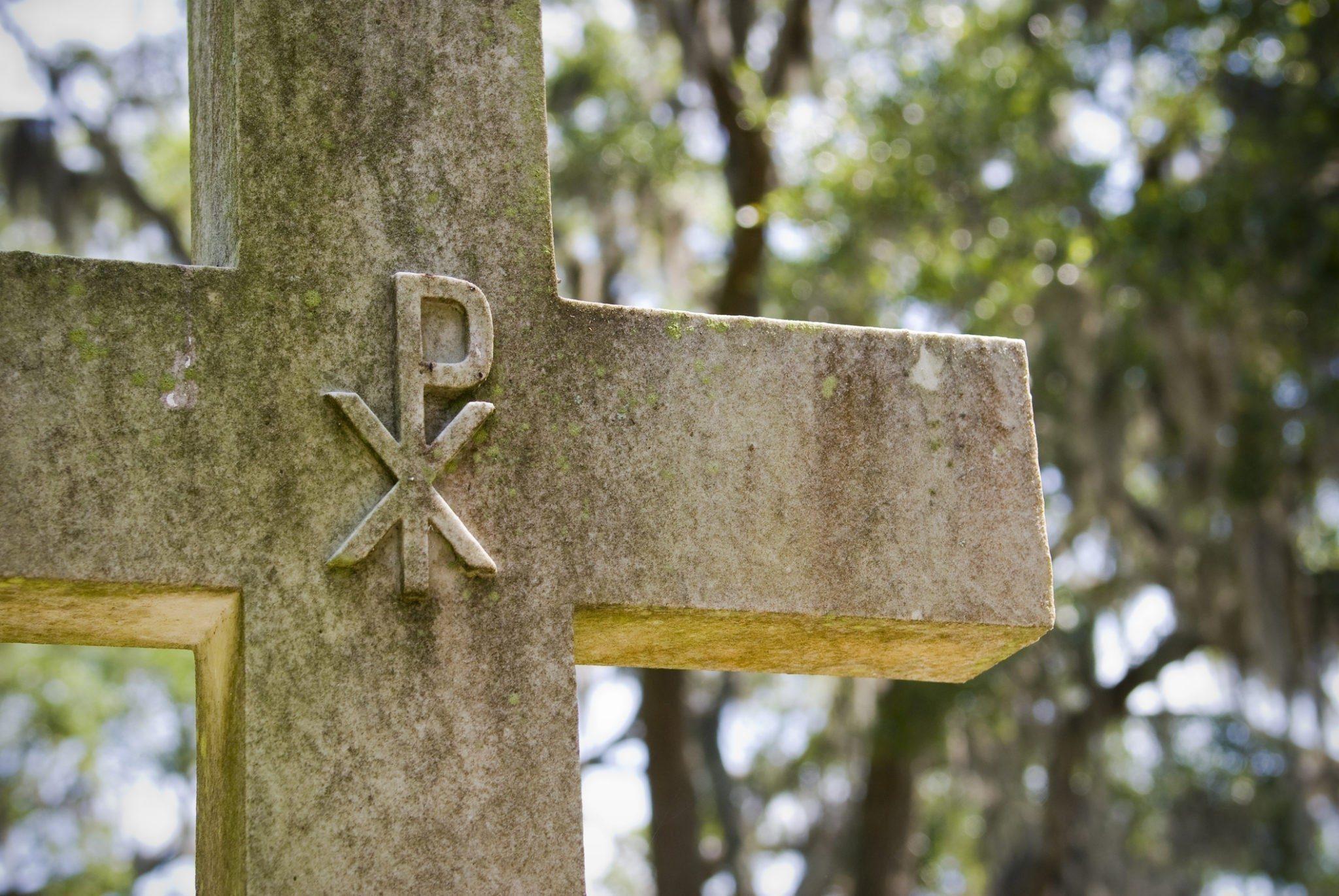
Filiation of the Christian confessions
From its beginnings Christianity was characterized by a great doctrinal and ritual diversity, which caused controversies and schisms. The two most important ones were the great East-West schism separating the...
Associated notes
-
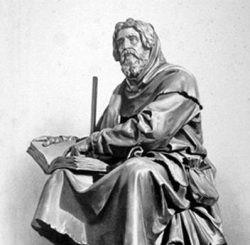
Pierre Valdo (1140-1217) and the Waldenses
Pierre Valdo started the Waldenses movement, which spread throughout southern Europe. -
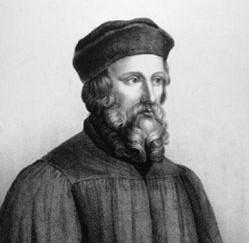
Jan Hus (1369-1415) and the Hussite wars (1419-1436)
Hus was a Czech priest, who, a century before Luther, called for a reform of the Chuch and was burnt at the stake. His death set off a religious, political... -
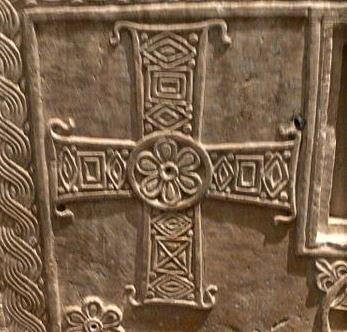
The orthodox
The East-West schism in 1054 separated the Oriental Churches from the Occidental ones. The orthodox were the main branch of Christians of oriental origin. Their organisation changed over centuries. After... -
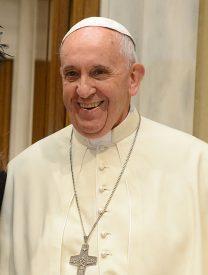
The Catholics
The Catholics are the largest branch of Christianity. They belong to the Roman Church and the united East Churches in Rome. -
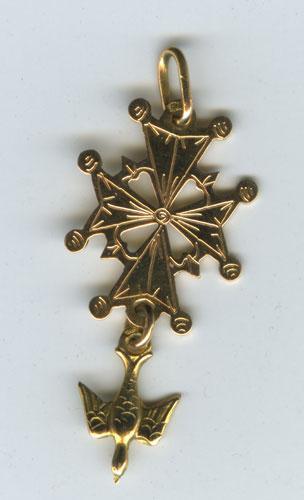
The Protestants
In 1517 Luther initiated the Reformation which evolved into many different trends all founded on common principles. Under the influence of the Revival movements, new Protestant denominations were established over...


